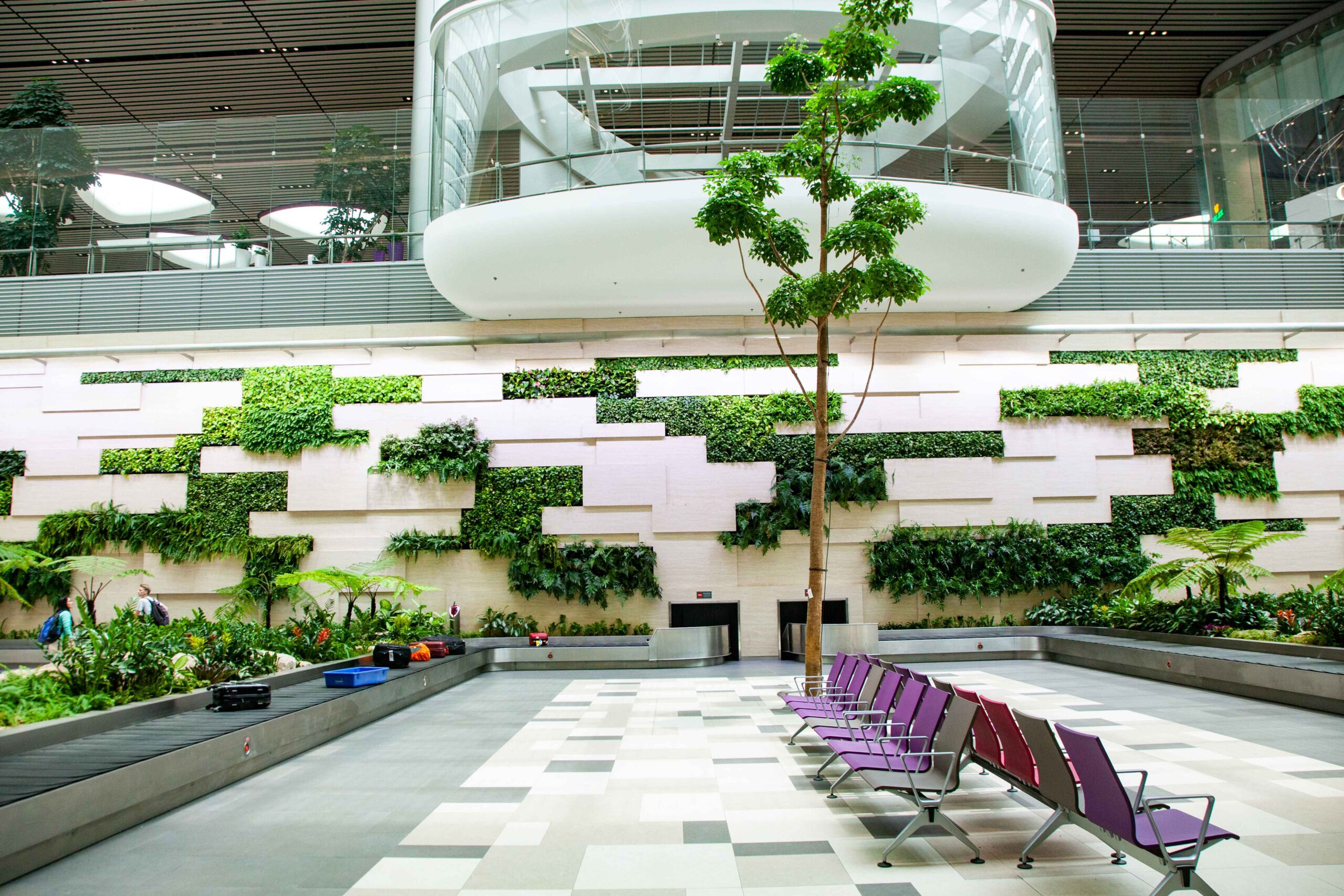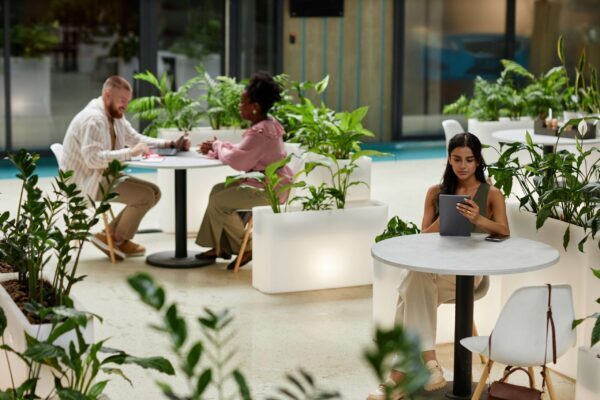Morning in the new library began with silence and the smell of wet wood. Stained glass windows reflected the greenery of the courtyard outside, where blackcurrant bushes attracted students’ attention more than their screens. The library was designed by a young architect who recently graduated from the University of Amsterdam. Instead of the usual concrete halls, he chose materials closer to nature.
Such solutions are no longer a rarity. Biophilic design, until recently perceived as a fashionable fad, is gradually becoming part of the standard set of approaches to designing offices, schools, and even hospitals. The reason is simple. The urban environment is exhausting. People deprived of contact with nature lose concentration, sleep worse, and get sick more often. Architects are looking to nature for the answer to this challenge.
Why Biophilia Is a Necessity
The habit of using concrete and plastic as the basis for any space has led to a predictable result. People found themselves in an environment that does not evoke emotions, does not provoke thought, and does not promote relaxation. The biophilic approach offers a different path. Instead of the dominance of the artificial, it works with materials, shapes, and light that evoke associations with the natural environment.
These changes start with simple steps. In one office, designers replaced plasterboard partitions with light oak panels. In another, embossed wallpaper was replaced with moss walls. Windows were made to let in more light, and fluorescent lights disappeared from the ceilings. Instead, they installed lights that mimic the dynamics of sunlight.
How Nature Reduces Stress
Observations of the influence of nature on human behavior began long before the term “biophilic design” appeared. But it has only been available. Regular contact with natural elements reduces cortisol levels, which has a direct impact on mood, sleep, and concentration. When there is greenery in a room, when there is access to daylight and water elements, people recover more quickly after emotional stress.
Architects take this effect into account when designing public and private spaces. A view of the garden through a large window, running water in the courtyard, walls with the texture of untreated stone—all of this affects anxiety levels in the same way as a walk in the park.
Natural Elements Stimulate Thinking
Several companies specializing in creative services have conducted internal research. Employee productivity increased when workplaces were located near windows and live plants were used in the interior. The number of errors decreased. Engagement increased. People were more likely to offer non-standard solutions.
Natural light helps synchronize circadian rhythms. It affects melatonin production, which also affects sleep quality. Good sleep, in turn, improves cognitive abilities. Spaces that use daylight create a more sustainable working environment in the long term.
Physical Health is Another Argument
In healthcare facilities where changes have been made based on biophilic design principles, patient recovery times have been reduced. Greenery, access to open spaces, and the use of natural materials create a therapeutic environment.
Similar principles in kindergartens and schools help children adapt better by reducing their agitation. In nursing homes, they increase older people’s activity level and mood.
The City and Nature as Allies
Growing urbanization leaves less and less space for nature. However, in response to this, new forms of interaction are emerging. Green roofs. Vertical gardens. Parks within residential complexes. On the one hand, these solutions fulfill an ecological function. On the other hand, they restore a sense of connection with the living environment.
Public areas built according to biophilic principles are becoming centers of attraction. People linger in them longer. They are more willing to socialize. A different behavior is forming, one that is less consumerist and more observant.
What Can Be Done?
The integration of biophilic solutions is possible even on a limited budget. Here are a few approaches:
- Make the most of natural light by avoiding thick curtains and partitions
- Introduce green elements, including simple potted plants
- Use natural materials such as wood or stone
- Provide views of green areas from workplaces
- Add water features such as mini fountains
- Design spaces with tactile and auditory experiences in mind
- Provide quiet and private areas
- Create outdoor relaxation areas
Biophilic design is no longer a subject of theoretical debate. It has become a practice that influences well-being, productivity, and social relationships. It helps people adapt to the pace of urban life without losing touch with what shapes them about nature. And every new project built with these principles in mind makes the urban environment a little more alive.

